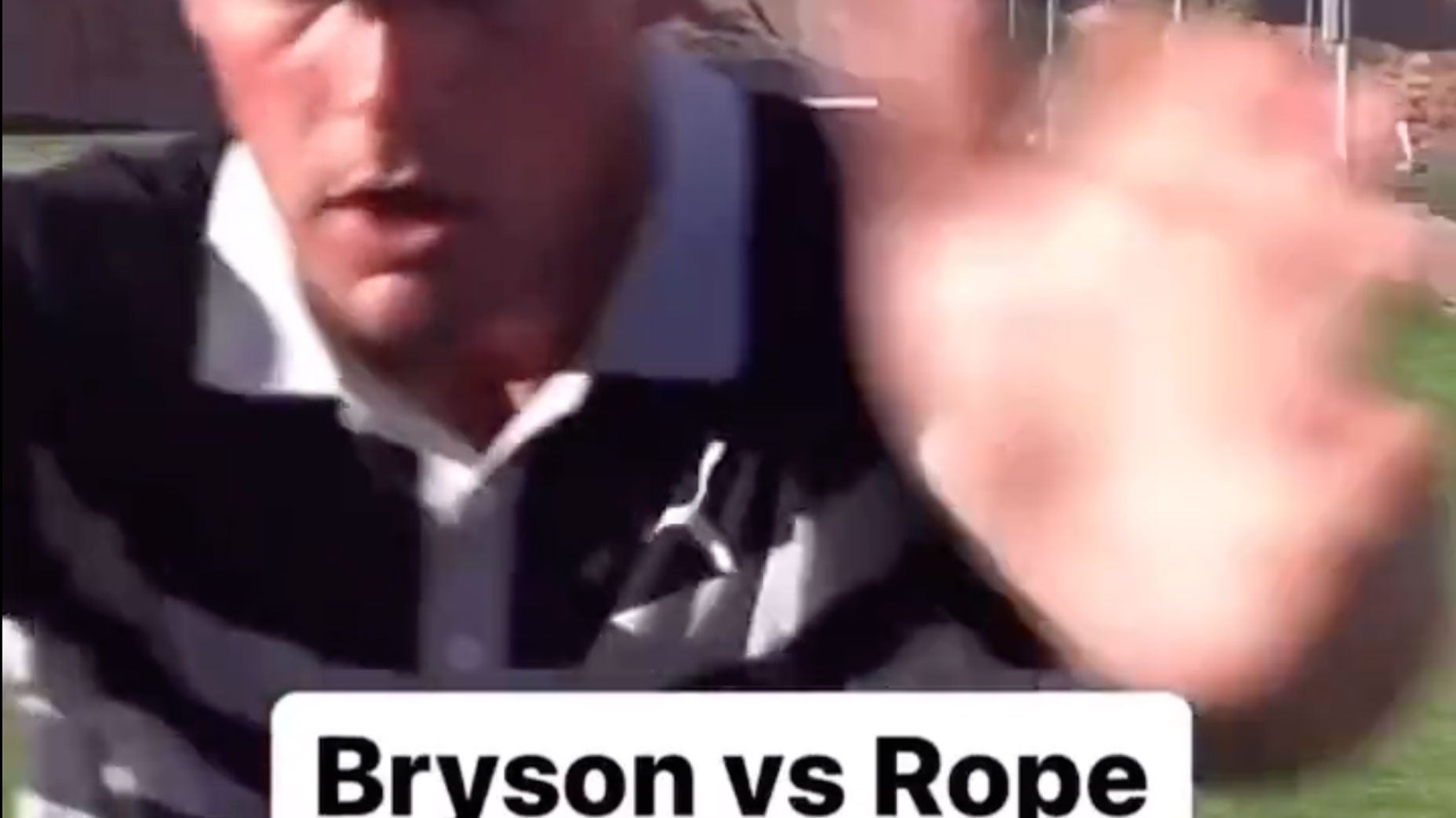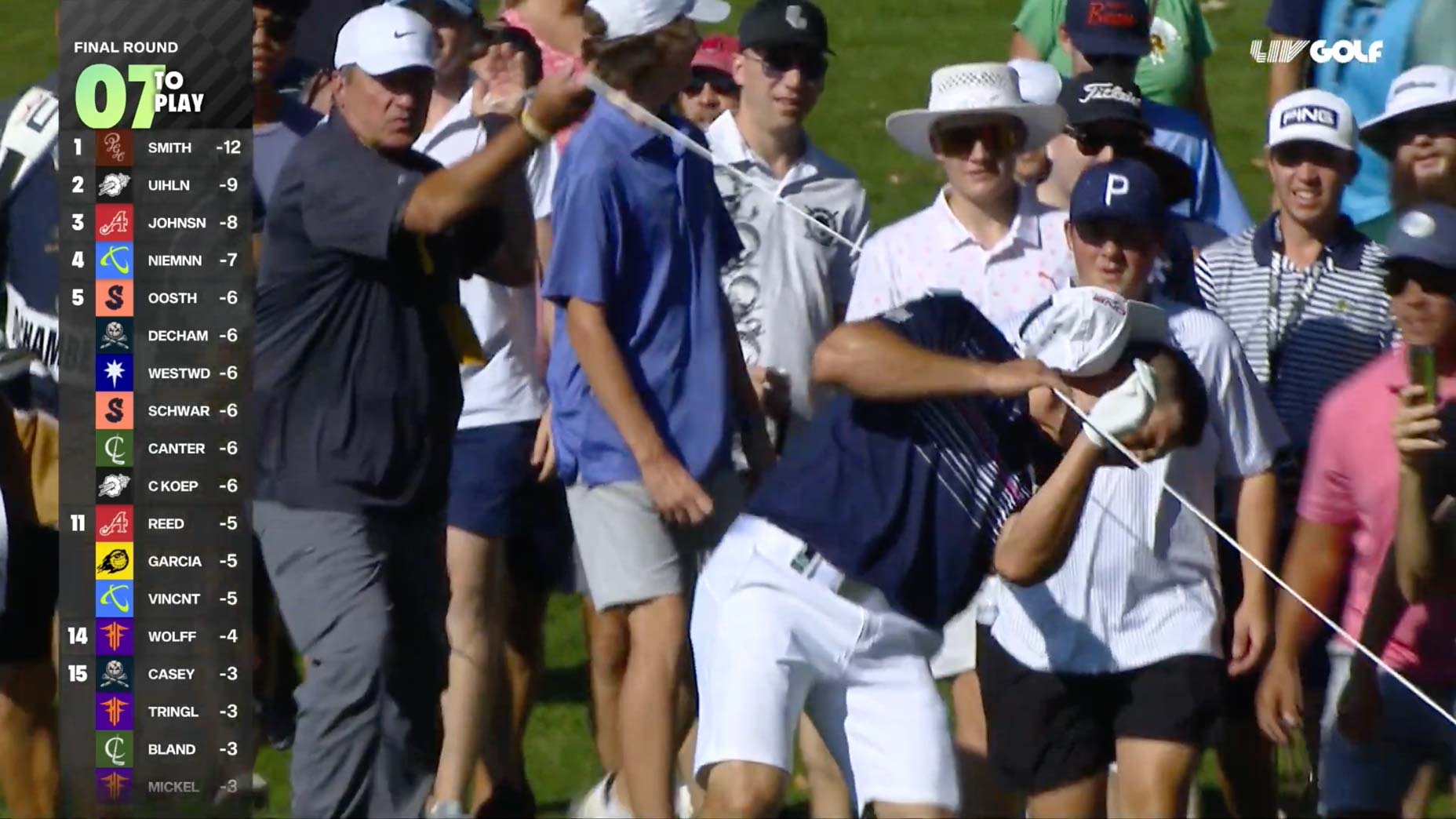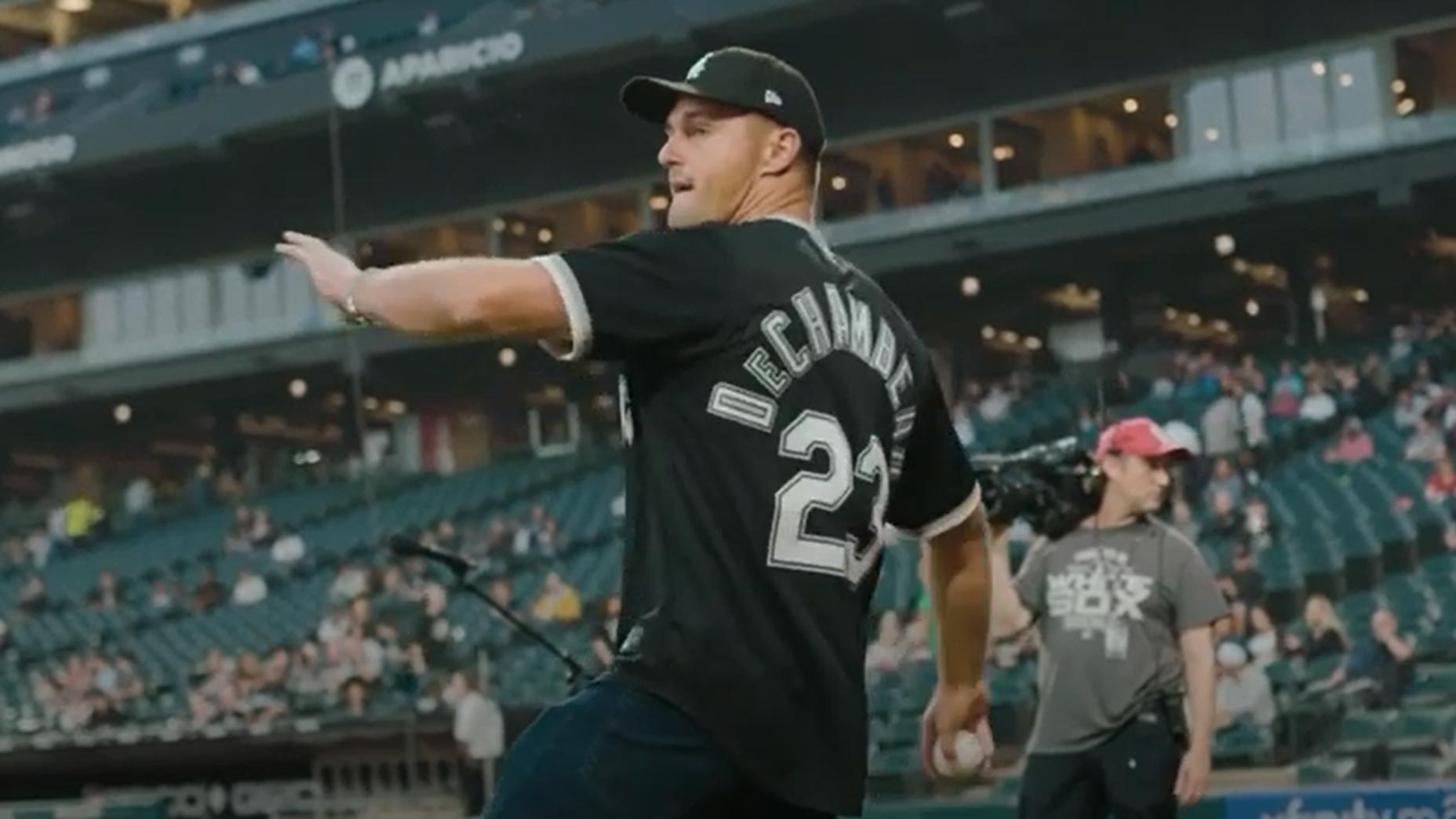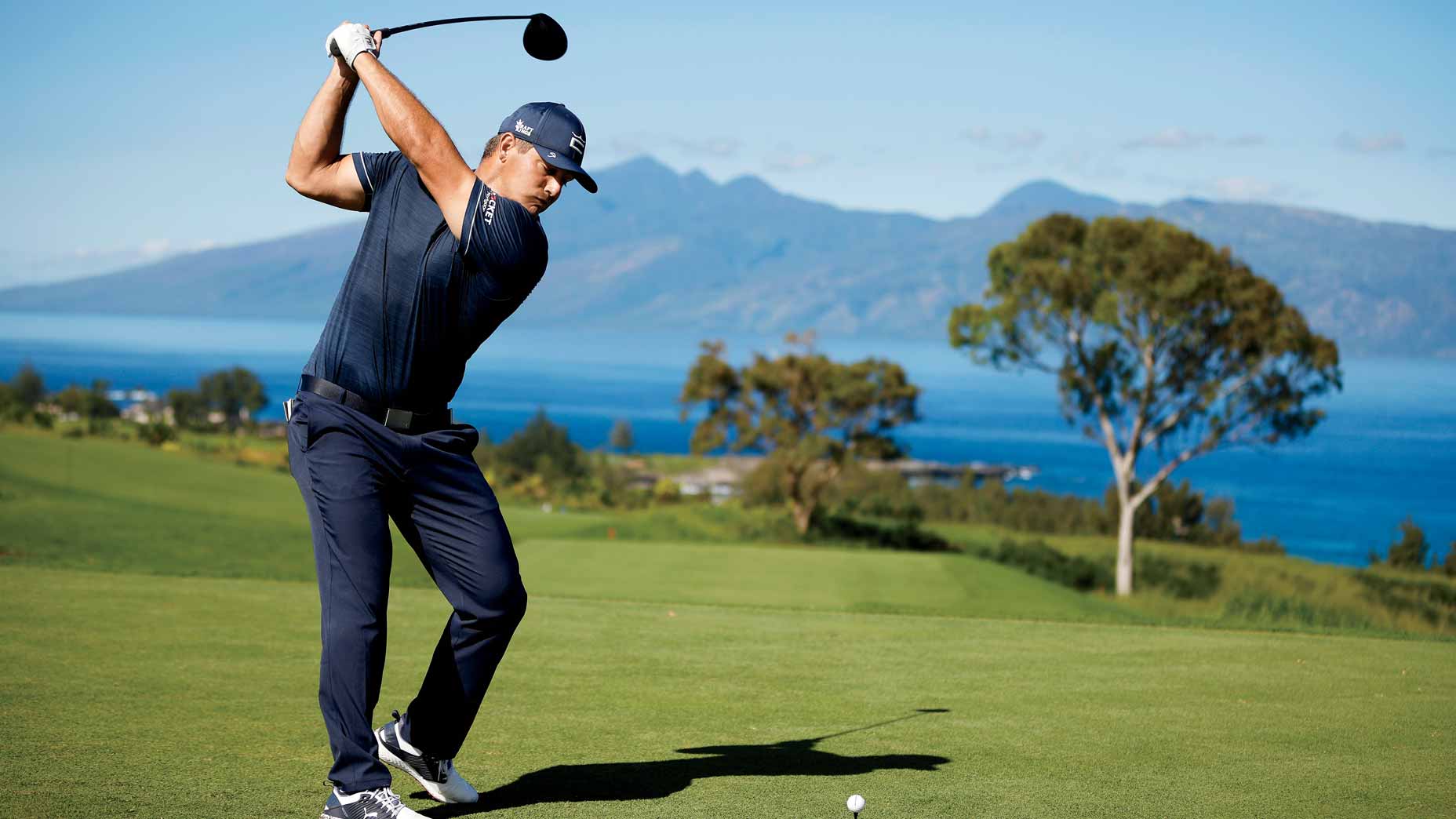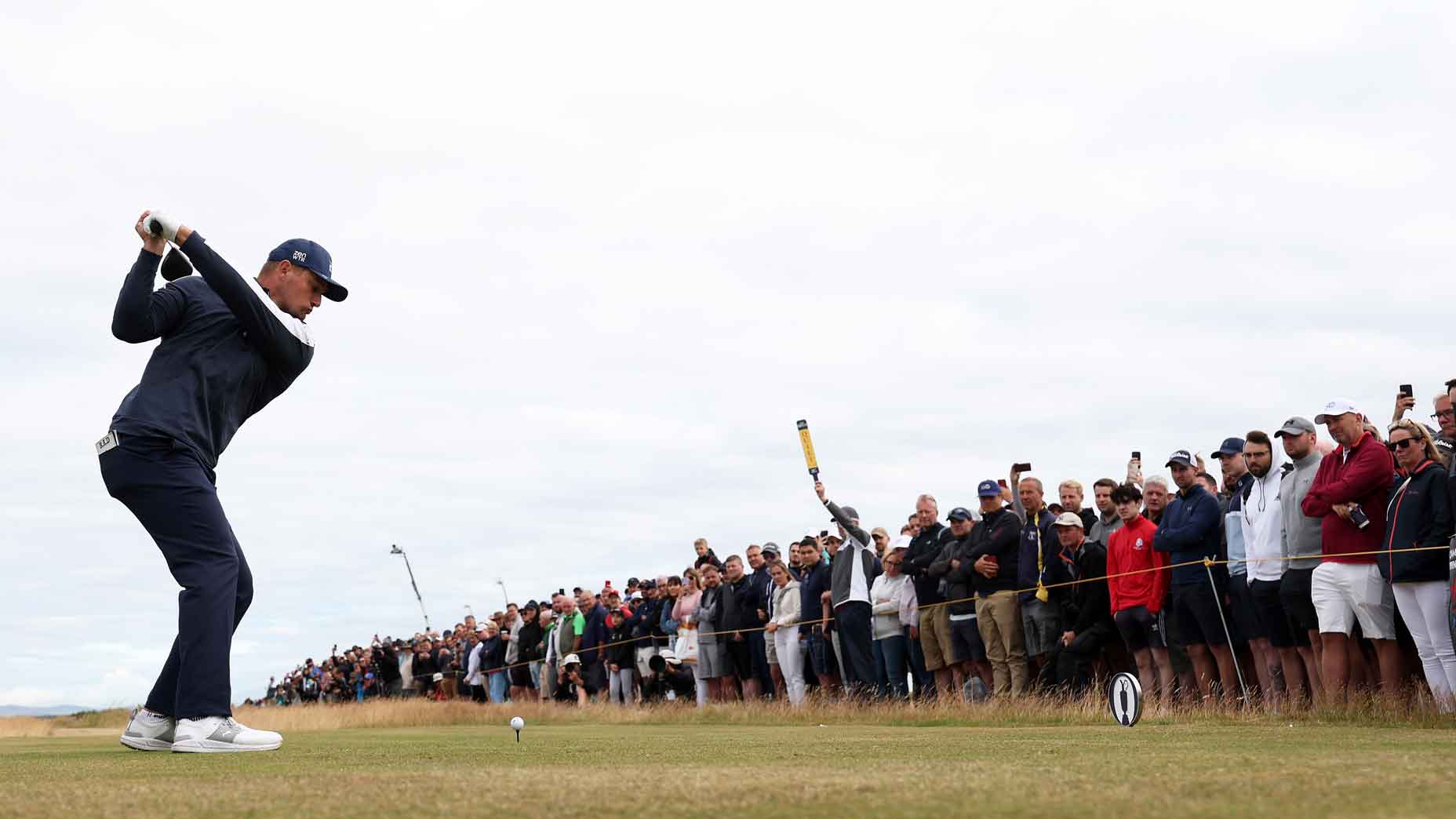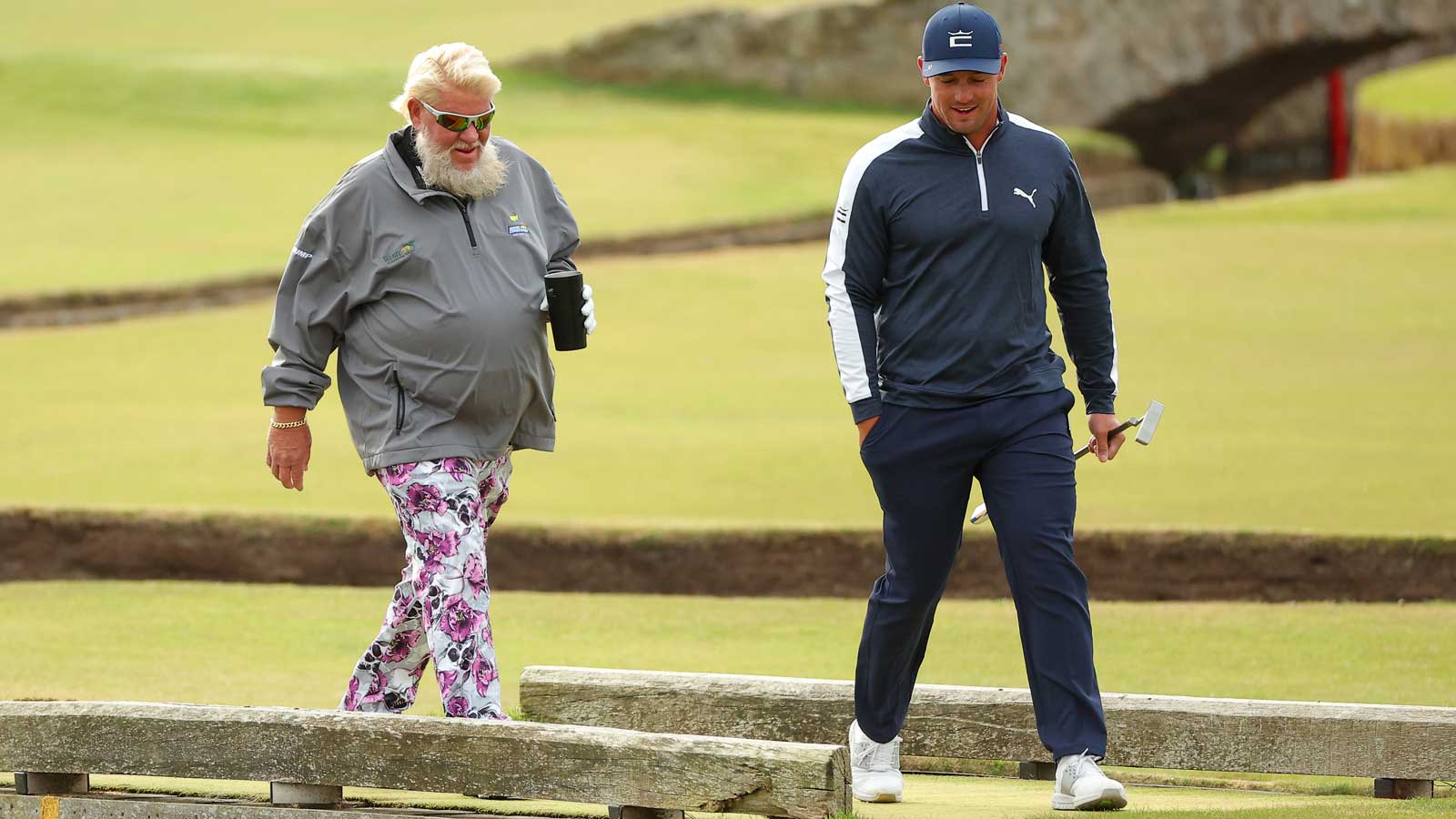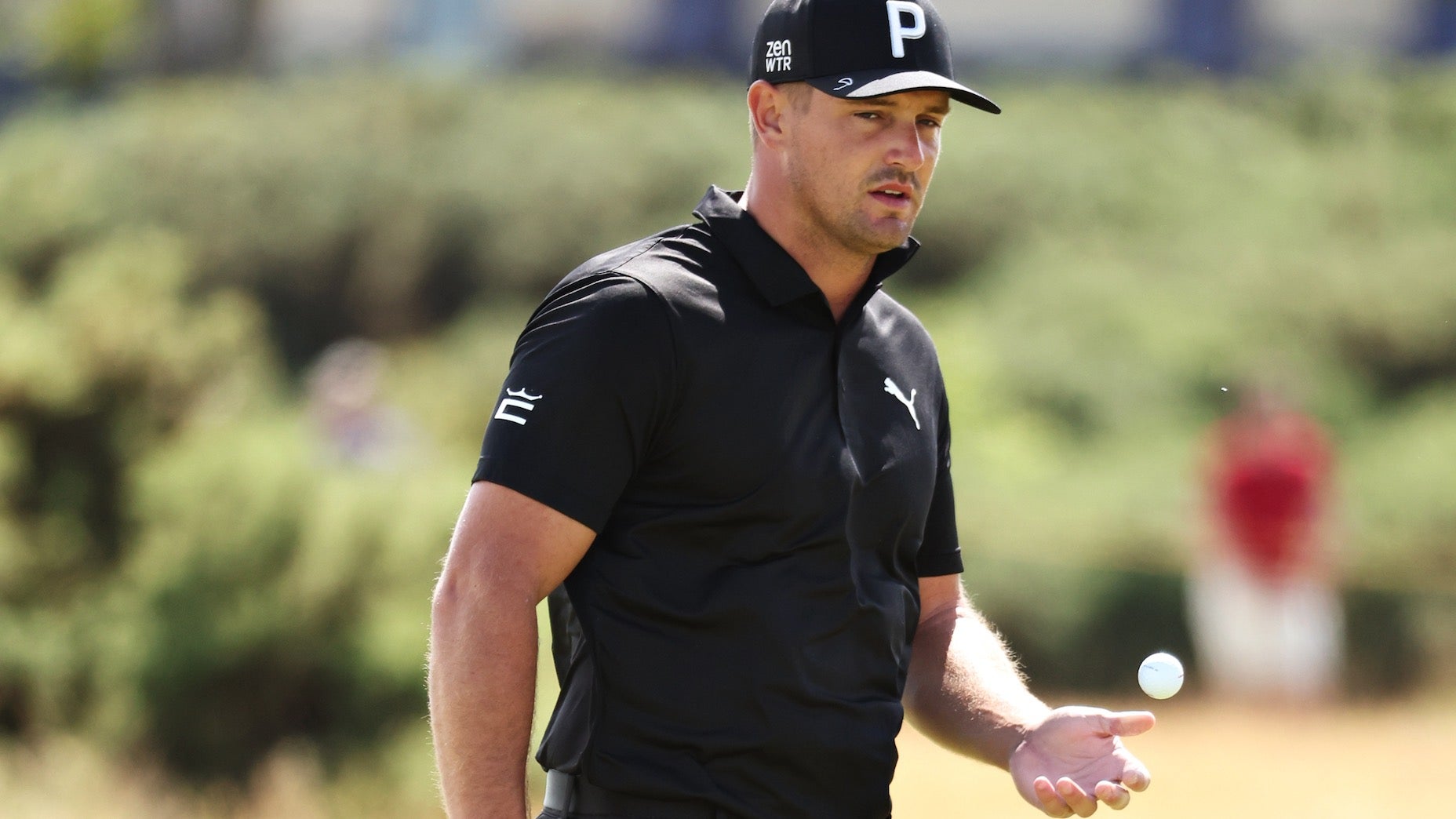Here’s the *real* reason Bryson DeChambeau won the 2020 U.S. Open
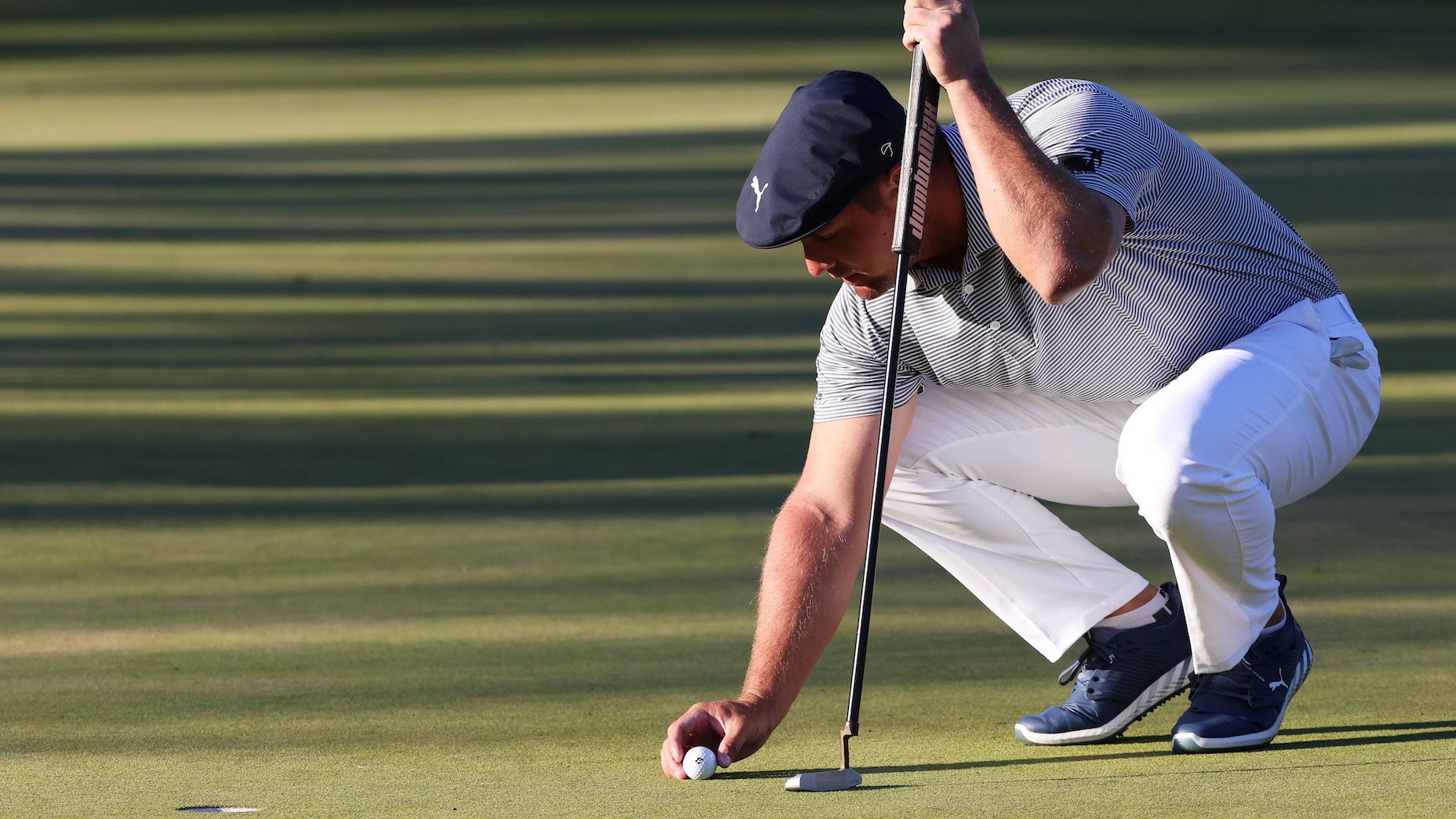
From tee to green, DeChambeau exhibited a well-rounded game at Winged Foot.
getty images
The narrative has been firmly established at this point. To understand it, the context is essential:
In 2019, Bryson DeChambeau declared his intent to get “massive,” as a means of hitting the ball longer because of the importance of driving distance. He did, immediately transforming himself into the longest hitter on Tour. Following an impromptu offseason resulting from the global pandemic, he returned to win the Rocket Mortgage Classic, finished T-4 at the PGA Championship and won the U.S. Open.
Winged Foot was supposed to temper the Bryson movement. The U.S. Open rough would re-align golf and reward accuracy, not distance. That DeChambeau ended up winning prompted a major identity crisis for many who already feared golf had become all about distance, and not much else.
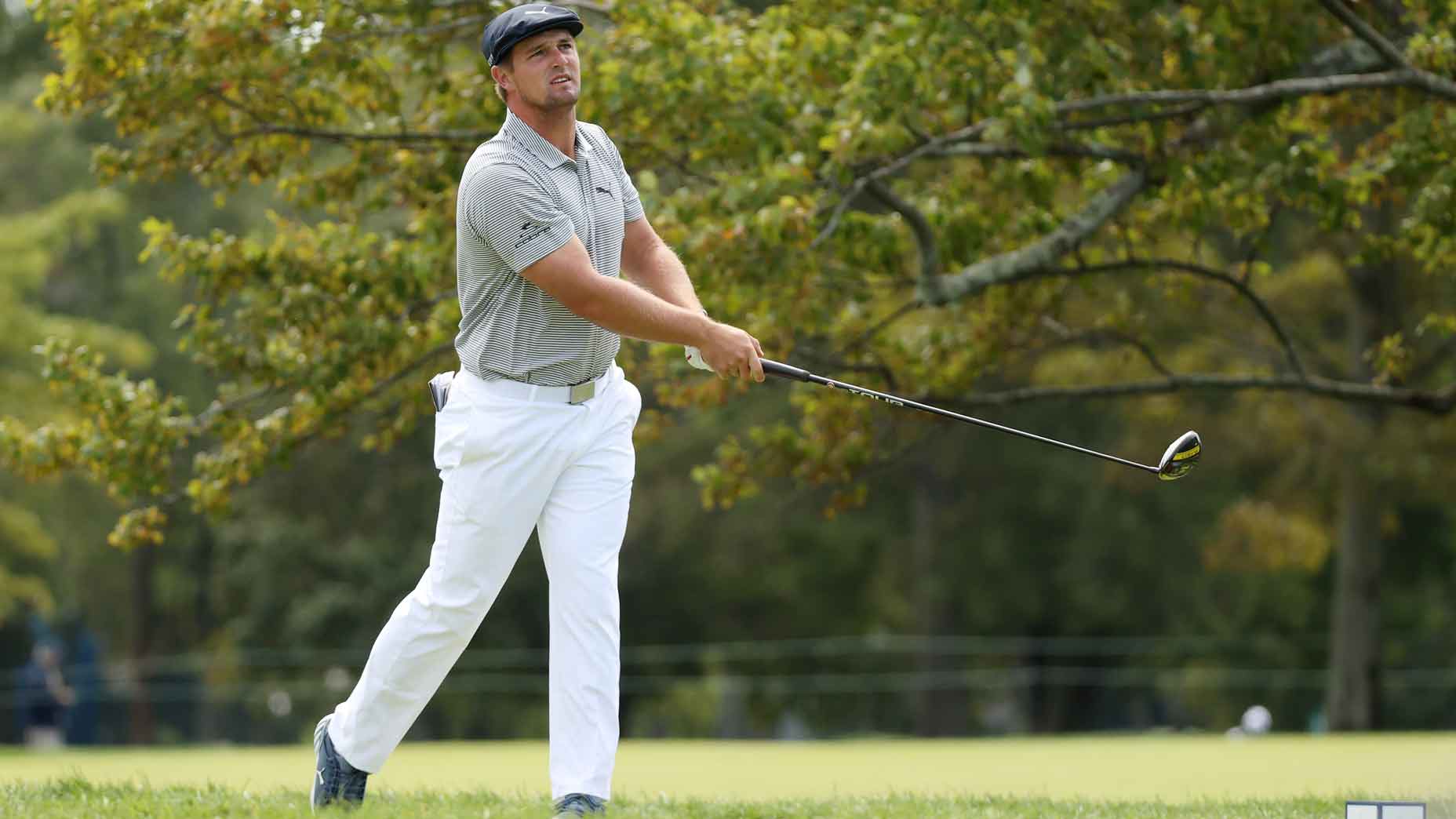
The problem is, as I wrote ahead of the final round, that’s not actually true. Coming into Sunday, five of the top 10 on the leaderboard also ranked inside the top 10 in Driving Accuracy, compared with just two in Driving Distance. One of those (Rory McIlroy) was in the top 10 in both statistics, which meant just one of the leaders ranked inside the top 10 of Driving Distance and not Driving Accuracy (Matt Wolff), largely because he led the field in Strokes Gained: Around the Green.
It’s a classic case of correlation-does-not-equal causation, which also ignores that what Bryson is doing isn’t even unprecedented in a relative-to-the-field sense. Two players — Tiger Woods in 1997 and Hank Kuehne in 2003 — spring to mind in this regard.
- Tiger had a 323 yard driving average during the 1997 Masters and Hank Kuehne had 321 average for all of 2003. In all of 2020, Bryson has an average of 322 yards — just one yard longer.
- Hank Kuehne was 36 yards longer than Tour average in 2003 and Bryson is only 25 yards longer than Tour average this year.
- Tiger was 46 yards longer than the average in the ’97 Masters. Bryson was 22 yards longer at Winged Foot.
So yes, DeChambeau may be one of the longest drivers in golf, but it doesn’t then follow that Bryson won the U.S. Open simply because he was long. Which begs the question: How did Bryson win at Winged Foot?
For that, we had a quick chat with Lou Stanger, one of the smartest statistical minds in golf and best follows on Twitter.
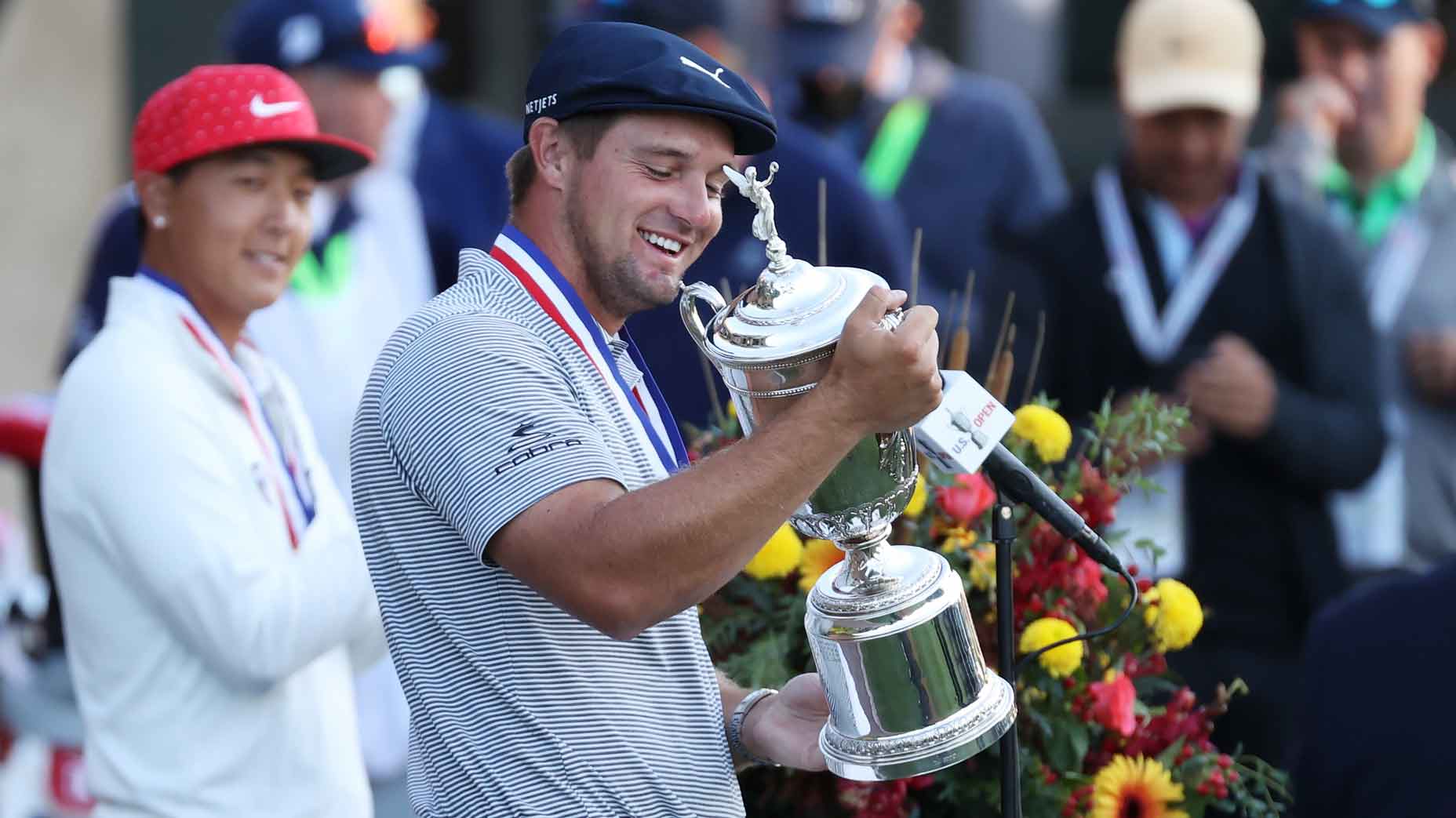
Turns out, DeChambeau ranked in top three in Strokes Gained: Off The Tee (3rd), Strokes Gained: Approach (3rd) and Strokes Gained: Around the Green (2nd). Considering DeChambeau also ranked third in SG: Putting during the final round, it brings us at a slightly more messy, but more honest, conclusion: That DeChambeau didn’t win the U.S. Open simply with his driver. He won because he did a number different things well, all at the same time.
He drove the ball far (not as far as Matt Wolff on the week, though) and not overly accurately, it’s true, but he was also one of the best players in the field with his irons.
When DeChambeau missed greens with those, he usually hit good chips.
To top it all off, his putter got hot on Sunday.
Simply pointing to Bryson’s driving distance as the cause of his win is overlooking how well-rounded a player he is. That‘s what makes him able to take advantage of his distance. His driver may grab the headlines, but it’s the rest of his game that’s underrated.



